all curves are taken at TA = 25°C with 1.6 V ≤ VDD ≤ 6.5 V (unless otherwise noted)
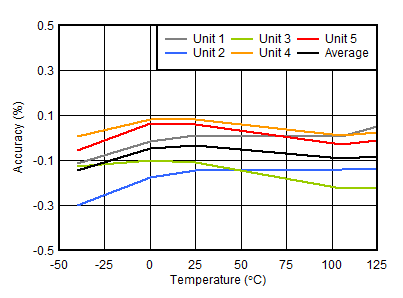 Figure 6-4 VIT+(OV) Accuracy vs Temperature
Figure 6-4 VIT+(OV) Accuracy vs Temperature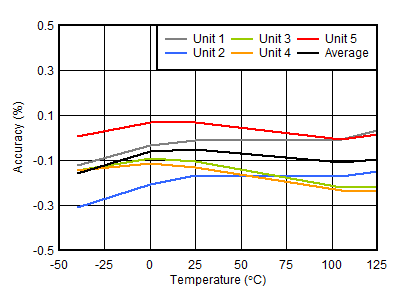 Figure 6-6 VIT-(OV) Accuracy vs Temperature
Figure 6-6 VIT-(OV) Accuracy vs Temperature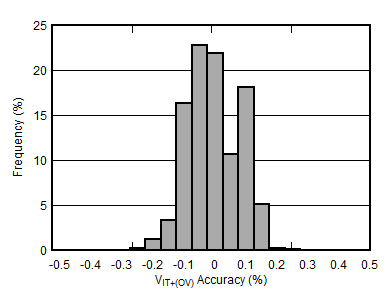
| Includes G and H versions; with 1.2-V, 1.8-V, 3.0-V, 3.3-V, and 5-V thresholds; total units = 41,111 |
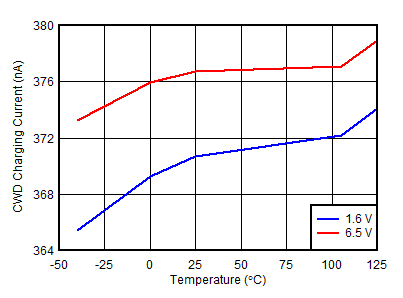 Figure 6-10 CWD Charging Current vs Temperature
Figure 6-10 CWD Charging Current vs Temperature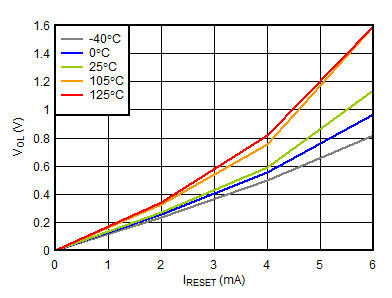 Figure 6-12 Low-Level
RESET Voltage vs
RESET Current
Figure 6-12 Low-Level
RESET Voltage vs
RESET Current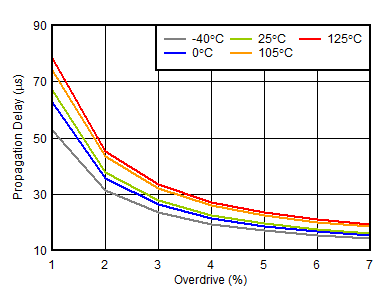
| VDD = 1.6 V, VIT+(OV) = 0.936 V |
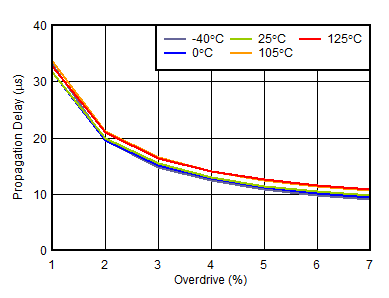
| VDD = 1.6 V, VIT-(UV) = 0.864 V |
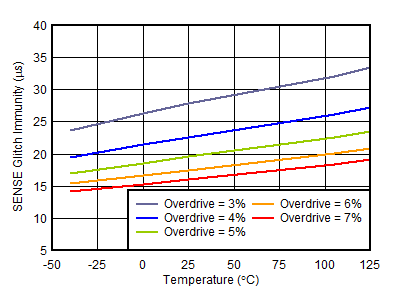
| VDD = 1.6 V, VIT+(OV) = 0.936 V |
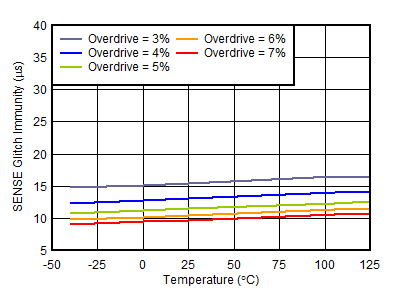
| VDD = 1.6 V, VIT-(UV) = 0.864 V |
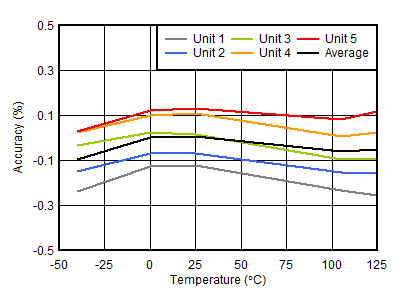 Figure 6-5 VIT-(UV) Accuracy vs Temperature
Figure 6-5 VIT-(UV) Accuracy vs Temperature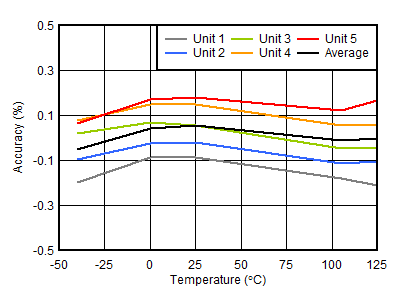 Figure 6-7 VIT+(UV) Accuracy vs Temperature
Figure 6-7 VIT+(UV) Accuracy vs Temperature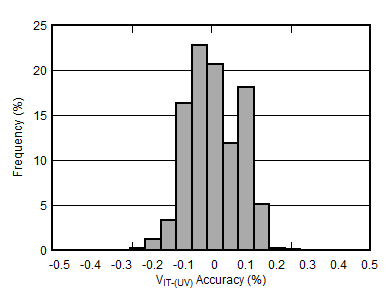
| Includes G and H versions; with 1.2-V, 1.8-V, 3.0-V, 3.3-V, and 5-V thresholds; total units = 41,111 |
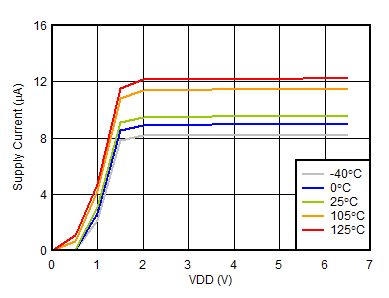 Figure 6-11 Supply Current vs Power-Supply Voltage
Figure 6-11 Supply Current vs Power-Supply Voltage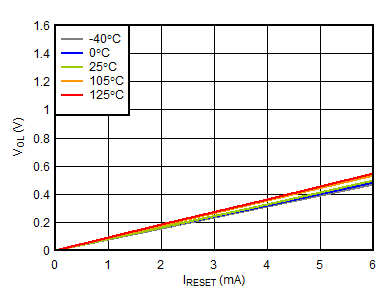 Figure 6-13 Low-Level
RESET Voltage vs
RESET Current
Figure 6-13 Low-Level
RESET Voltage vs
RESET Current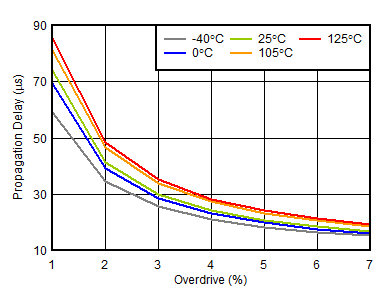
| VDD = 6.5 V, VIT+(OV) = 0.936 V |
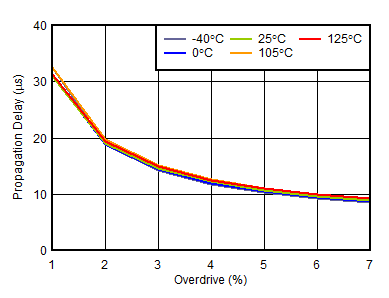
| VDD = 6.5 V, VIT-(UV) = 0.864 V |
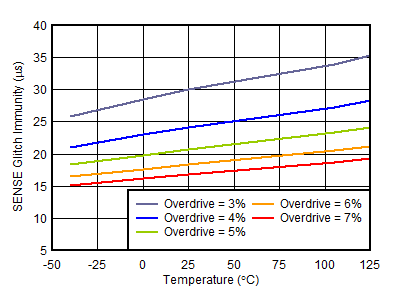
| VDD = 6.5 V, VIT+(OV) = 0.936 V |
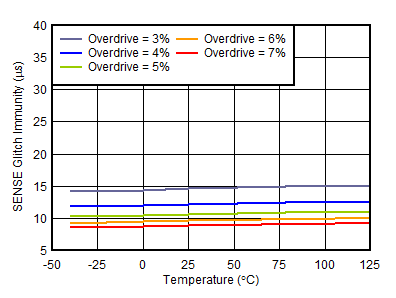
| VDD = 6.5 V, VIT-(UV) = 0.864 V |
 Figure 6-4 VIT+(OV) Accuracy vs Temperature
Figure 6-4 VIT+(OV) Accuracy vs Temperature Figure 6-6 VIT-(OV) Accuracy vs Temperature
Figure 6-6 VIT-(OV) Accuracy vs Temperature
 Figure 6-10 CWD Charging Current vs Temperature
Figure 6-10 CWD Charging Current vs Temperature




 Figure 6-5 VIT-(UV) Accuracy vs Temperature
Figure 6-5 VIT-(UV) Accuracy vs Temperature Figure 6-7 VIT+(UV) Accuracy vs Temperature
Figure 6-7 VIT+(UV) Accuracy vs Temperature
 Figure 6-11 Supply Current vs Power-Supply Voltage
Figure 6-11 Supply Current vs Power-Supply Voltage



